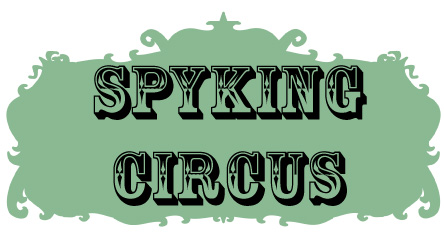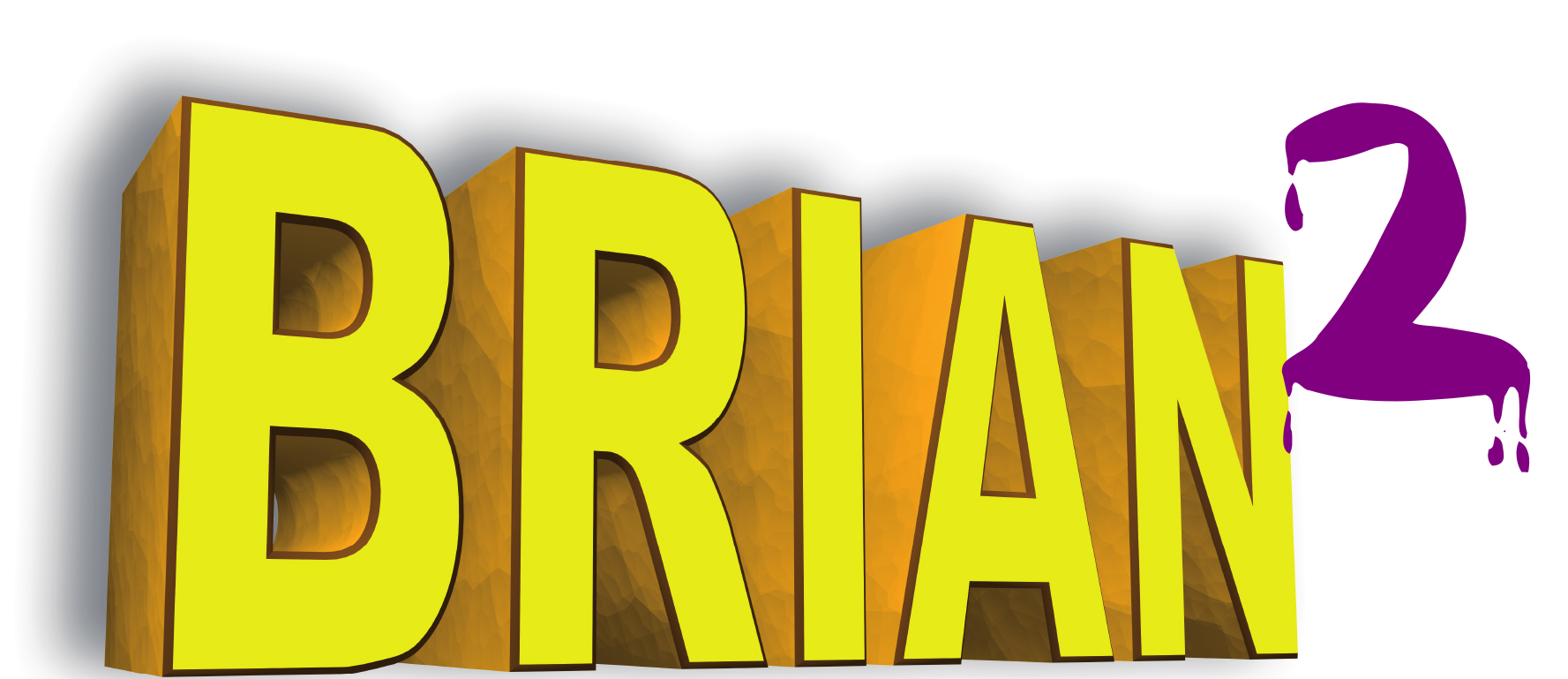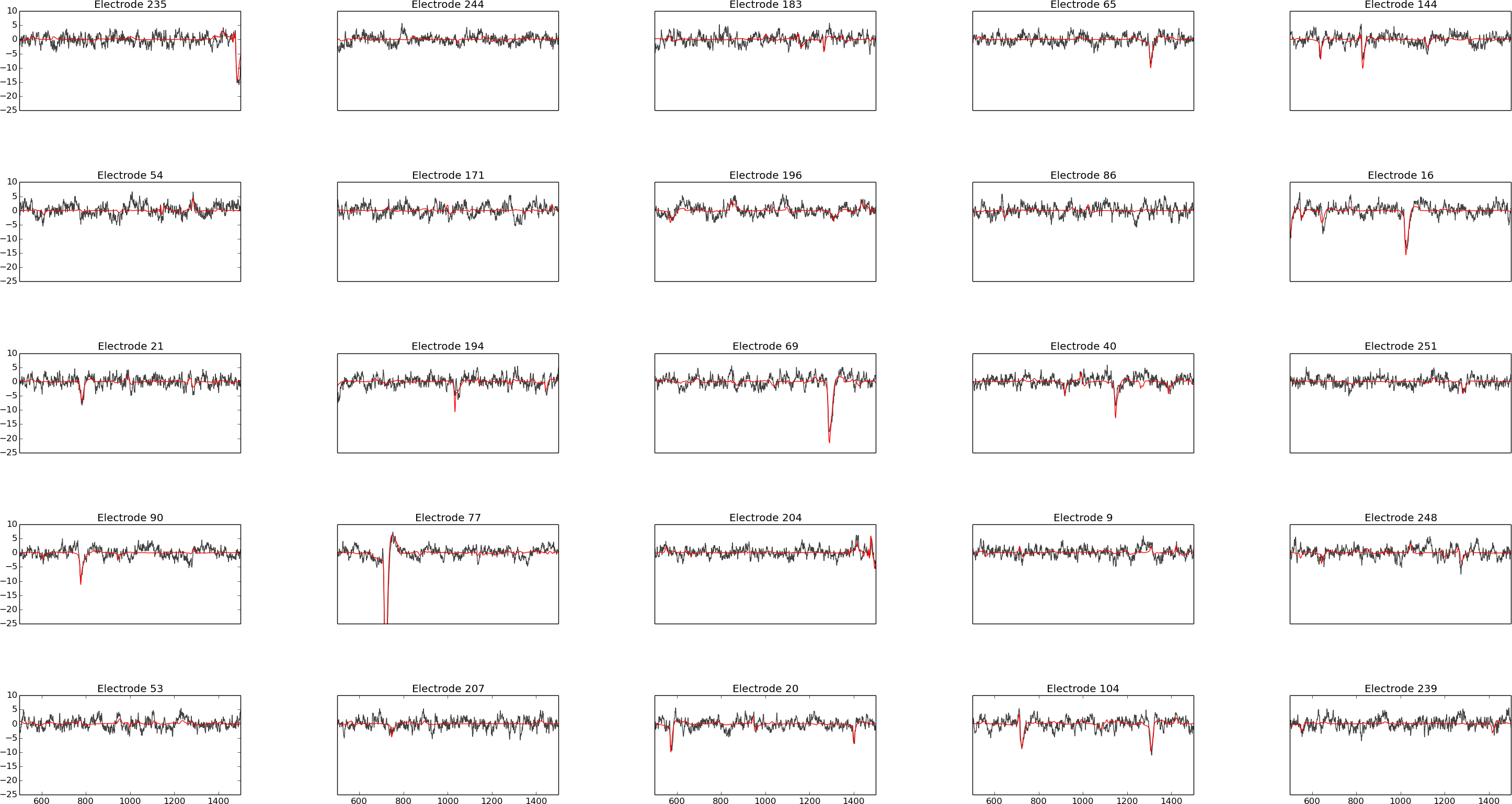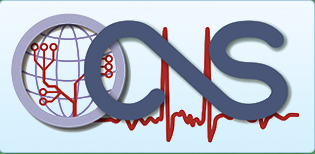If you want to test/benchmark your own spike-sorting algorithm, we just released a large portion of some ground-truth recordings performed with mice retina. You can check this out on Zenodo, and get more details in the associated eLife paper on SpyKING CIRCUS. Do not hesitate to contact me if you want more/longer recordings
SpyKING CIRCUS is now in eLife
This is a great pleasure to say that our open source software, SpyKING CIRCUS, designed to perform large scale spike sorting on up to thousands of channels is now published in eLife. Feel free to test it and give feedback
SpyKING CIRCUS 0.4
The 0.4 release of the SpyKING CIRCUS is now out, and a preprint is available at on BioRxiv. You can now install it as an open source software. See documentation
The Vision Institute
We recently moved to the Vision Institute, just in the center of Paris, led by José Sahel. This structure combined various approaches, from computational modelling to gene therapy in order understand how information is processed and encoded in the retina, but also in the primary visual cortex. To give you a summary with numbers, here is what the Vision Institute is:
- 6000 m2 dedicated to academical research on ocular diseases
- 17 research teams organized in 4 departments
- 250 researchers
- 20 clinicians
- 7 industrials
- 12 technological platforms
- 1 Clinical Investigation Center dedicated to vision (Clinical Investigation Center of the Quinze-Vingts hospital)
- 1 national center of the rare diseases of the retina
- 1 Carnot Institute (Institut Carnot Voir & Entendre)
The final goal of the Institute is to developed retinal implants, or prosthesis, in order to treat diseases such as retinis pigmentosa. The field of prosthesic is a blooming field, for example with cochlear implants that are now widely used, and vision is just the next step.
Brian 2
We are happy to announce the second beta release of Brian 2.0, developed by Marcel Stimberg, Dan Goodman and Romain Brette!
This new version contains important bug fixes and improvements, we therefore strongly recommend all users of Brian 2 to upgrade. If you are a user new to Brian, we’d also recommend to directly start with the Brian 2 beta instead of using the stable release of Brian 1. Please click here to get more info
Spike sorting in real time
 Together with Olivier Marre, we developed a code to address the problem of Spike Sorting for large Multi Electrode Arrays, inspired from the following publication, and name "SpyKING CIRCUS". By using a greedy template-matching approach, and state-of-the art clustering techniques, the code is able, using multi CPU and GPUs, to run in realtime on a small number of nodes. For example, 252 channels with a total of 500 templates (so putative cells) extracted from recordings are sorted in realtime with 5 nodes, each of them with a GPU. Scaling is straightforward, linear, and not bounded by any memory issue. Templates are extracted once for all at the beginning of the sorting, from the whole dataset, and then fitted on-the-fly to the data. If you are interested, please contact us
Together with Olivier Marre, we developed a code to address the problem of Spike Sorting for large Multi Electrode Arrays, inspired from the following publication, and name "SpyKING CIRCUS". By using a greedy template-matching approach, and state-of-the art clustering techniques, the code is able, using multi CPU and GPUs, to run in realtime on a small number of nodes. For example, 252 channels with a total of 500 templates (so putative cells) extracted from recordings are sorted in realtime with 5 nodes, each of them with a GPU. Scaling is straightforward, linear, and not bounded by any memory issue. Templates are extracted once for all at the beginning of the sorting, from the whole dataset, and then fitted on-the-fly to the data. If you are interested, please contact us
To know more about it, see the Following Section
Plasticity workshop at CNS 2015
Synaptic plasticity and homeostasis
Organizers
Pierre Yger, Institut de la Vision, Paris (France)
Matthieu Gilson, Universitat Pompeu Febra, Barcelona (Spain)
This workshop will gather leading experimentalists and theoreticians to discuss latest results and models on synaptic plasticity and homeostasis in sensory cortices. Whether synaptic changes strongly depend on the exact timing of spikes, or on average firing rates is still a matter of debate and may vary from area to area. However, it is robustly observed, in vitro and in vivo, that homeostatic mechanisms are important to regulate the global activity. The workshop will therefore be a unique opportunity to address various questions:
- How is homeostatic regulation expressed both in vitro and in vivo?
- How can it be combined with Hebbian forms of learning? Are those two mechanisms competing at a single synapse?
- What are the functional implications of those plasticity mechanisms?
- From a modeler’s point of view, what are the different possible implementations of homeostasis, and what are the links with meta-plasticity?
Speakers
- Sami El-Boustani, MIT, USA
- Claudia Clopath, Imperial College, UK
- Jesper Sjöstrom, Mc Gill University, Canada
- Christian Tetzlaff, BCCN Göttingen, Germany
- Taro Toyoizumi, RIKEN BSI, Japan
- Alanna Watt, Mc Gill University, Canada
- Pierre Yger, Institut de la Vision, France
- Friedemann Zenke, EPFL, Switzerland
More information will be added soon





